The Future of Corvette – A Look Ahead at What’s Next
The second decade of the twenty-first century has been an exciting (and for some, controversial) era for the Chevy Corvette. In 2020, Chevrolet introduced the mid-engine Stingray coupe and convertible model. In April 2022, they officially introduced the 2023 Corvette Z06 with its naturally aspirated, 670 horsepower V8 engine. Now, as we look to the future, we hear rumblings of a possible (probable) electric Corvette and, more mind-blowing than that, an 850-horsepower ZR1.
The 2025/2026 Corvette ZR1
Here’s the scoop (as of May 2022) on the eighth-generation ZR1 Stingray. Like its less powerful counterparts, it will be a mid-engine platform. It will utilize the same 5.5-liter flat-plane crank V8 that the new Z06 uses, only the ZR1 will also incorporate a pair of twin turbochargers to push engine output to around 850 horsepower. Like all other variants of the C8, the new ZR1 will also utilize an 8-speed automatic transmission.
Outwardly, the car will have a wider stance and a unique appearance. Its front and rear fascias will give the car a signature look that separates it from its “lesser” counterparts. Its exhaust tips will be center-mounted like those found on the Z06. It will also use the same Michelin Pilot Sport Cup 2R tires that were initially developed for the Z06 platform.
The 2023/2024 Corvette Zora / Corvette E-Ray
Despite its potential arrival ahead of the ZR1 referenced above, we saved the Zora/E-Ray for last because there’s considerable debate around this car – when it will actually arrive, whether or not it might be one-and-the-same as the ZR1 and, ultimately, we’re just not exactly sure what GM has planned for the future of the Corvette platform.
But we do know this – the future of the Corvette includes an electric option – whether it’s a hybrid or pure electric (or both over time) remains to be seen – but the future of the Corvette program will include alternate power sources other than an internal combustion engine.
Last month, GM president Mark Reuss announced that a hybrid C8 Corvette would be introduced for the 2024 model year. As part of that same conversation with CNBC reporter Phil LeBeau, Reuss also announced that GM would be building an all-electric Corvette EV.
There were two basic reasons given by Reuss explaining the logic behind building an electric Corvette.
- Virtually all of the leading sports car manufacturers are now committed to either building hybrid and/or all-electric models in the near future. Moreover, many of the top brands already have hybrids on the market – this includes McLaren, Porsche, and Ferrari, to name but a few.
- POWER! The Corvette is already a beast, but a $6ok Tesla can rip the doors off of even the fastest Corvette. Chevrolet figures that the Corvette can deliver enormous power and performance while also providing for a cleaner environment.
It has been confirmed that the new mid-engine Corvette was designed from the onset to include a hybrid model. The C8’s front compartment was designed to house a module made up of one or two electric motors and the necessary control hardware. A small battery pack will also be installed, its placement most likely in the car’s central torque tube tunnel.
Per “Car & Driver” magazine, the hybrid system was “originally planned as a ‘power adder’ to the top twin-turbo version of the 5.5-liter flat-plane-crank V-8. With the electric motor driving the front wheels, the C8 would have all-wheel drive, enabling it to use its power—said to approach a total output of near 1000 hp—to deliver staggering straight-line acceleration.”
What makes this even more interesting is this – it is believed that GM’s new hybrid system is essentially a plug-and-play module. If this is true, then it is plausible that this technology could be added to the base mid-engine Stingray as well, potentially adding power to the 490-hp, 6.2L LT8 small-block pushrod V8 platform.
Regarding the full-electric E-Vette, Reuss was unwilling to commit to a date for its introduction. It is generally agreed that a full-electric Corvette will require a significant redesign of the car’s current (and future) propulsion systems. These revisions will need to include the necessary real estate to house the large battery packs require to provide the amount of power expected from Corvette as well as a reasonable driving range. GM will need to develop the electric drive motors needed to generate the massive torque/acceleration to launch the Corvette and they’ll need to re-package the Ultium battery to fit inside the small confines of the Stingray platform….this level of development will likely take years, so don’t expect to see the ICE Corvette to disappear from the planet anytime soon.
Now we realize that some of this news is upsetting to current Corvette owners/enthusiasts. But before you leave the page, we want you to consider this – since Harley Earl, Ed Cole, Bill Mitchell and Zora Arkus-Duntov started experimenting with V8 engines and mid-engine configurations back in the fifties and early sixties, the Corvette has always been about pioneering new, innovative technologies for the betterment of the marquee and of the entire brand. An electric Corvette may sound nightmarish to some….but let’s remember that Zora wanted to make the Corvette a mid-engine platform for fifty years before it happened….technological advancements take time, but the results are often worth it.
We suspect (and hope) it’ll be the same with the hybrid and electric Corvettes of the future.


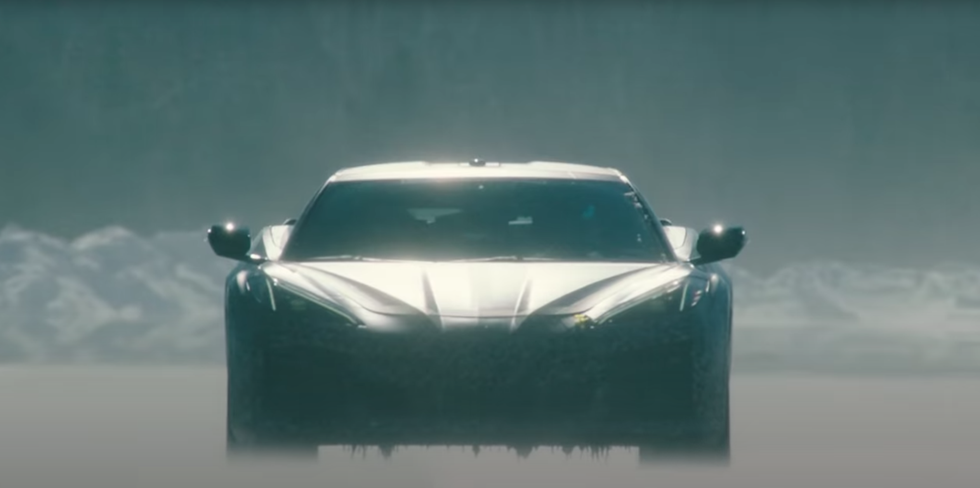
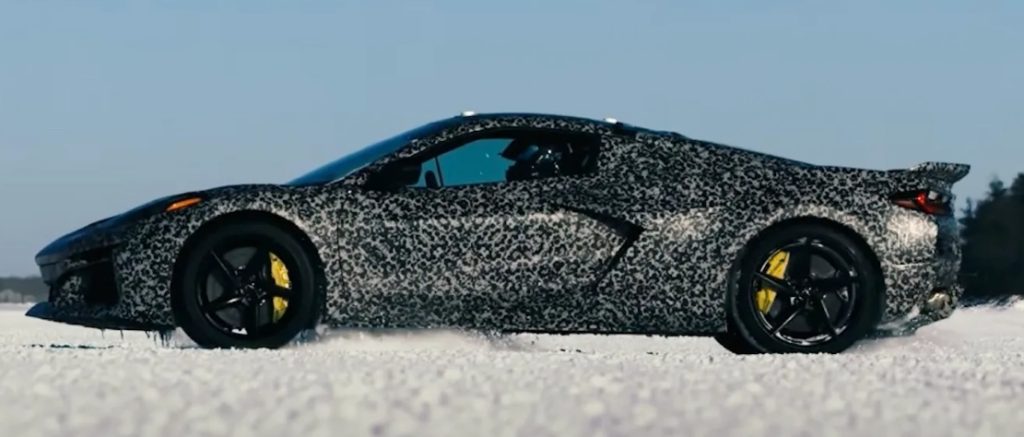
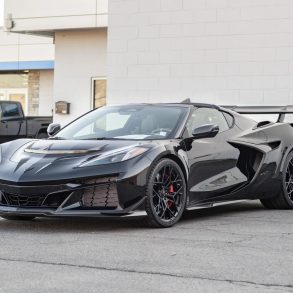
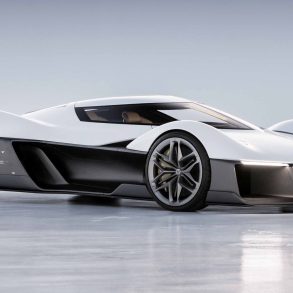
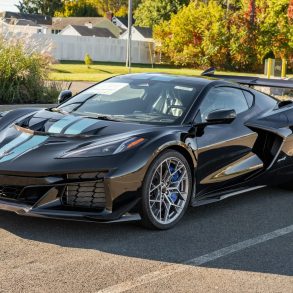
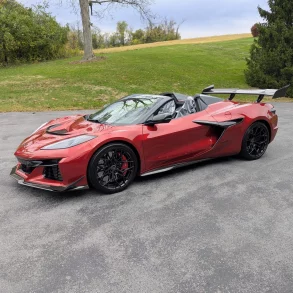
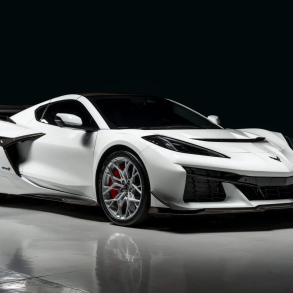
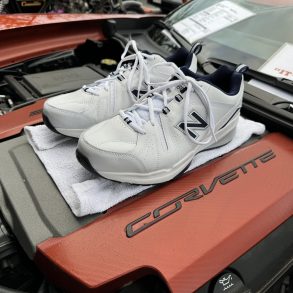
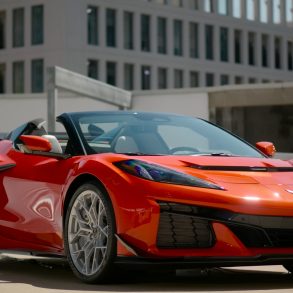


“A 60k Tesla can rip the doors of the fastest Corvette.” Argumentative: The Plaid, ok, but that’s a 125K car. Scott, which Tesla are you referring to?